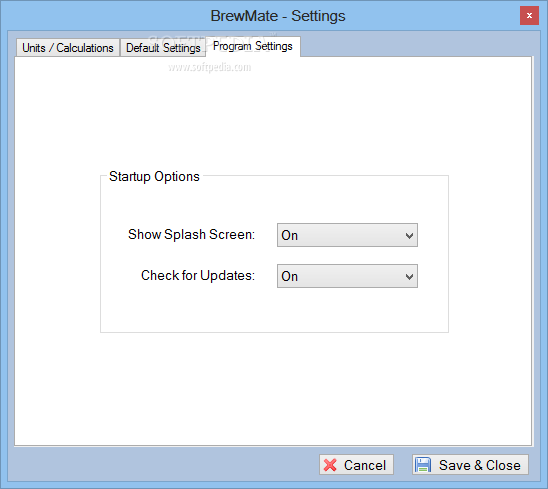

I had a few issues while building from sources, too.Īfter installing Homebrew into separate directory, add the following to your. This method allows installing Homebrew alongside with the x86 version which is probably a good idea for a time being since not all packages are yet pre-built for ARM. Starting from version 2.7.1, Homebrew supports Apple Silicon out-of-the-box. To install the ARM version of Homebrew on the Apple Silicon Mac, I used the manual "untar anywhere" method: Install Apple Silicon version of the Homebrew Verify by opening a new terminal session and running arch. This cannot be done with brew remove since Homebrew won’t have enough permissions but you can remove zsh manually: // 1. To solve this issue I had to remove x86 compiled zsh that I installed via Homebrew. The new macOS Big Sur comes with zsh as a default shell so you don’t need to install it separately anymore. This was caused by the fact I already have been using zsh shell before and it was migrated over.

One of the biggest confusion for me was the fact my shell would not run in arm64 mode. I went with the latter and this post summarizes my experience.
Since the existing Homebrew installation wouldn't allow my updating or installing packages anymore because of more restrictive OS permissions, I was faced with "update the x86 homebrew" or “use an experimental cutting-edge ARM build”. Comparing Chrome via Rosetta 2 and native arm64 build.


 0 kommentar(er)
0 kommentar(er)
